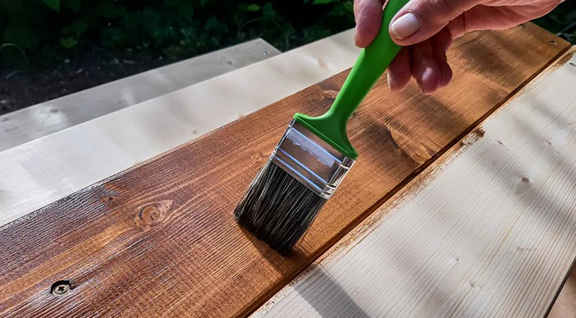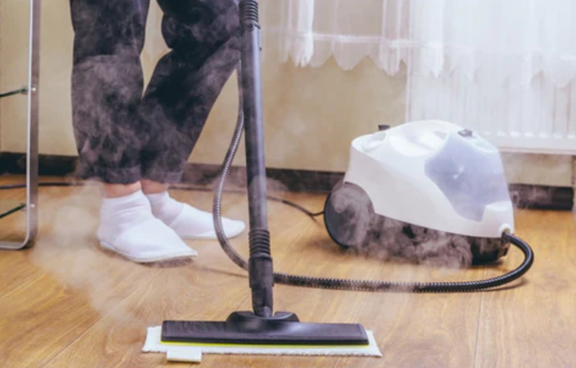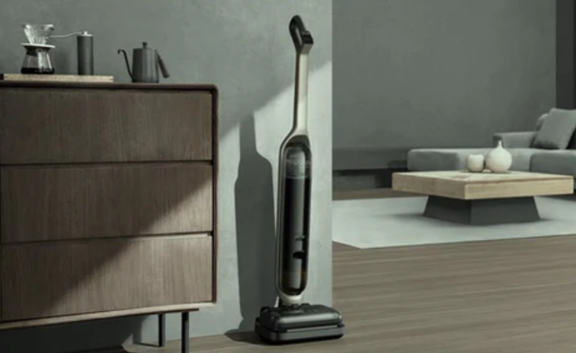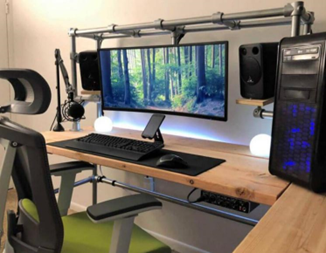Painting a coffee table can transform an old piece of furniture into a stylish centerpiece for your living room. However, diving into this project without proper knowledge can lead to mistakes that may affect the finish and durability of your work. In this guide, we’ll walk you through the entire process of how to paint a coffee table, highlighting common mistakes to avoid. Our aim is to help you achieve a flawless result that you can be proud of.
Why Proper Preparation Matters
Importance of Cleaning the Surface
Dirt, grease, and grime can prevent paint from adhering properly to the surface. Clean the table thoroughly using a mild detergent and water solution. After washing, allow the table to dry completely. Proper cleaning helps in removing any substances that could interfere with the paint.
Sanding for Better Adhesion
Sanding is a crucial step that should not be skipped. It removes the old finish and roughens the surface, allowing the new paint to stick better. Use medium-grit sandpaper (around 120-150 grit) to sand the entire surface thoroughly. Once sanding is complete, wipe off the dust with a damp cloth.

The Role of Priming
Applying a primer ensures better adhesion of paint to the surface and increases the longevity of your finish. A good primer also helps in covering any imperfections and stains on the table. Use a quality primer that’s suitable for the material of your coffee table, whether it’s wood, laminate, or another substance.
Choosing the Right Paint and Tools
Best Types of Paint for Coffee Tables
There are various types of paint you can use, including latex, chalk, and oil-based paints. Latex paint is easy to work with and dries quickly. Chalk paint provides a matte finish that’s easy to distress for a vintage look. Oil-based paint offers durable coverage and a smoother finish but requires more drying time.
Selecting the Right Brushes and Rollers
The quality and type of brushes and rollers you use will have a big impact on your paint job. For a coffee table, a combination of brushes and small rollers works well. Use high-quality synthetic brushes for a smooth finish and small foam rollers to cover larger flat areas without leaving brush marks.
The Importance of Paint Finish
The finish of the paint plays an important role in the final appearance and durability of your table. For coffee tables, a semi-gloss finish is ideal because it’s durable and easy to clean. Matte or chalk finishes can be used for a rustic look but will require a protective topcoat to ensure longevity.
Common Mistakes to Avoid When Painting a Coffee Table
Skipping Surface Preparation
Neglecting the importance of cleaning and sanding can severely affect paint adhesion. Even the highest-quality paints struggle to adhere to a dirty or glossy surface, which can result in uneven coverage, peeling, and chipping over time. Properly cleaning and sanding the surface ensures a smooth, long-lasting finish.

Using the Wrong Paint Type
Not all paints are suitable for furniture, and using the wrong type can result in an unattractive finish, poor durability, and potential damage to the underlying material. To ensure long-lasting and visually appealing results, always choose a paint specifically formulated for furniture or cabinets to guarantee the best outcome.
Applying Paint Too Thickly
It’s tempting to apply a thick coat of paint to quickly cover the surface, but doing so can lead to drips, streaks, and uneven drying. To avoid this, apply several thin coats of paint, allowing each layer to dry completely before applying the next. This ensures a smoother, more durable finish.
Ignoring Drying Time
Patience is essential in any painting project. Ignoring recommended drying times can significantly compromise the finish, leading to smudging, streaking, or uneven coverage. To ensure a flawless result, always follow the manufacturer’s instructions regarding drying times between coats. Taking the time to let each layer dry properly pays off in the end.
Step-by-Step Guide to Painting Your Coffee Table
Step 1: Gather Your Supplies
Before you begin, it's essential to gather all the necessary supplies for a smooth and successful project. You will need paint, primer, sandpaper, brushes, rollers, a drop cloth to protect your surfaces, painter’s tape for clean edges, and a sealant to protect the finished paint job.
Step 2: Clean and Sand the Table
Begin by thoroughly cleaning the coffee table to eliminate any dust, dirt, or grime that may interfere with the painting process. Then, sand the entire surface using medium-grit sandpaper. This step removes the existing finish and ensures a smooth, clean surface that allows the new paint to adhere properly for a flawless finish.
Step 3: Apply Primer and First Coat
After sanding the surface, apply a coat of primer to ensure better paint adhesion and a smooth finish. Allow the primer to dry completely, following the manufacturer’s recommended drying time. Once dry, apply the first coat of paint using a high-quality brush or roller, ensuring even and thorough coverage across the entire surface.
Step 4: Apply Additional Coats
After the first coat is dry, carefully inspect the surface for streaks, uneven areas, or imperfections. If necessary, lightly sand the surface to smooth out any flaws, then wipe away any dust. Apply additional coats of paint, ensuring each coat dries fully before proceeding with the next for a flawless finish.
Step 5: Seal and Finish
Once you’re satisfied with the coverage and the paint is fully dry, apply a sealant to protect the finish. Opt for a clear, water-based polyurethane to provide a durable, long-lasting topcoat. Be sure to allow the sealant to dry completely before using the table to ensure optimal protection and longevity.
Conclusion
How to paint a coffee table is a rewarding DIY project that can breathe new life into an old piece of furniture. By following the steps outlined in this guide and avoiding common mistakes, you can achieve a professional-looking finish. Take your time with preparation, choose the right materials, and be patient during the painting process. Your transformed coffee table will be a beautiful, functional addition to your home for years to come.
FAQ
Can I paint my coffee table without sanding it?
While it’s possible to paint without sanding, it’s not recommended. Sanding ensures that the paint adheres properly and helps achieve a smoother finish. Skipping this step may result in the paint peeling or chipping over time.
How do I choose the right paint finish for my coffee table?
The best paint finish for a coffee table is typically a semi-gloss or satin finish. These finishes are durable, easy to clean, and provide a stylish sheen. For a rustic look, you can consider a matte or chalk finish but remember to apply a protective topcoat.
What should I do if the paint starts peeling?
If the paint starts peeling, it’s likely due to inadequate surface preparation or using the wrong type of paint. To fix it, sand the peeling areas to remove the loose paint, clean the surface, and repaint using the correct materials and following proper techniques.





